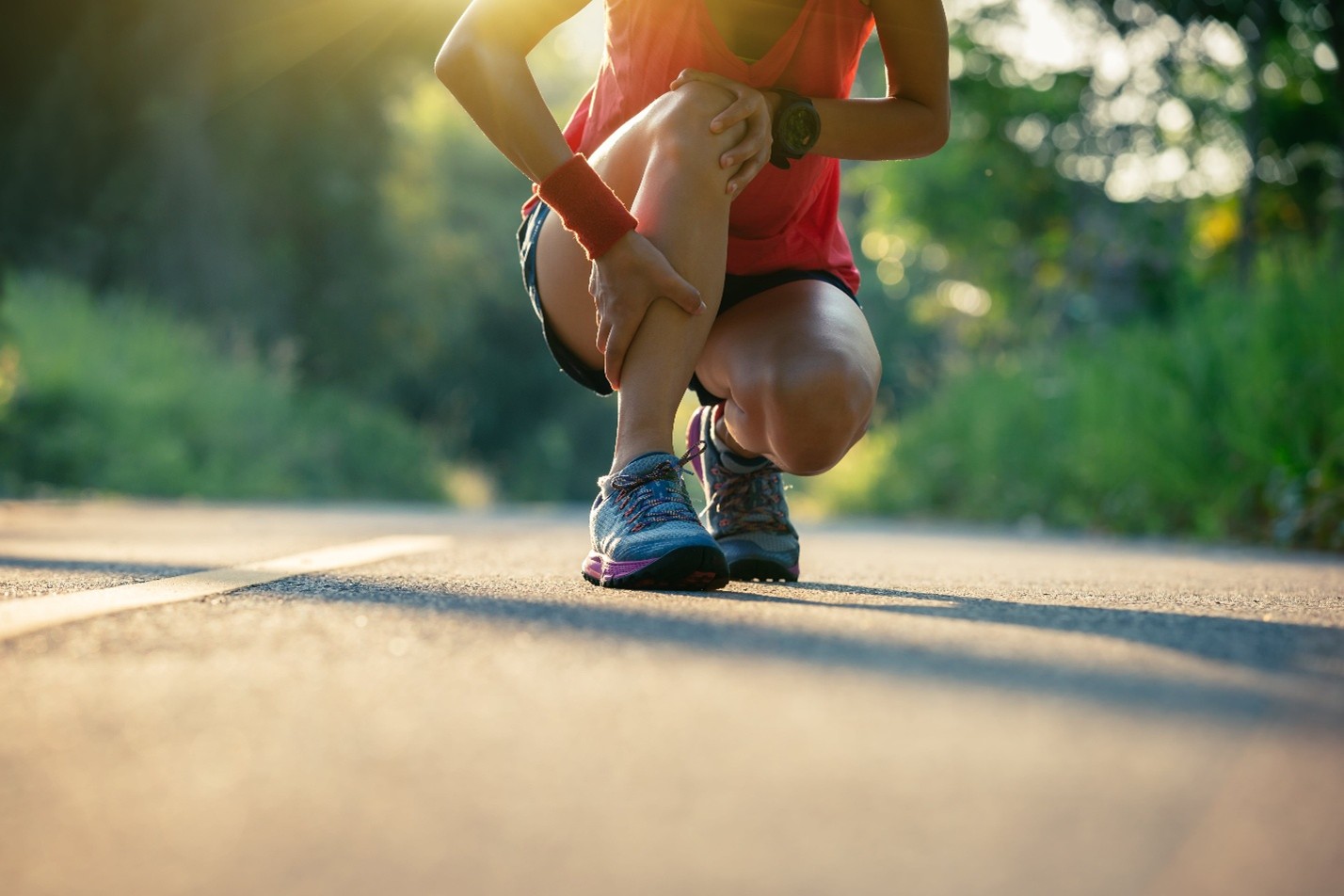
Sports injuries are an inevitable part of athletic performance, affecting everyone from weekend warriors to elite professionals. While some injuries are minor setbacks, others can have lasting impacts on an athlete’s ability to perform. Chris Crawford of Mississippi emphasizes that understanding the science behind sports injuries, including how they occur, how to prevent them, and the most effective recovery methods, can help athletes stay in top condition and minimize downtime.
Christopher Peyton Crawford explains that sports injuries typically fall into two main categories: acute injuries and chronic injuries.
Each type of injury requires a different approach to prevention and treatment, making it essential for athletes to recognize early warning signs before an injury worsens.
Sports injuries occur due to biomechanical, physiological, and environmental factors. Christopher Peyton Crawford emphasizes that understanding these mechanisms can help athletes prevent injury and improve their performance.
Biomechanics—the study of how the body moves—plays a crucial role in injury prevention. Poor movement mechanics, such as improper landing techniques or imbalanced muscle development, can increase the risk of injury. For example, anterior cruciate ligament (ACL) tears often result from improper knee alignment during landing or sudden directional changes. Strengthening the muscles around the knee and improving landing mechanics can significantly reduce ACL injury risk.
The body’s ability to handle physical stress determines an athlete’s injury risk. Factors such as muscle strength, flexibility, endurance, and fatigue contribute to overall resilience. When muscles become fatigued, Christopher Peyton Crawford explains that they lose their ability to absorb shock efficiently, increasing strain on tendons and ligaments. Maintaining a well-rounded training regimen that includes strength training, flexibility exercises, and proper rest can help prevent injuries.
External factors such as playing surfaces, weather conditions, and equipment quality also impact injury risk. For example, running on uneven terrain increases the likelihood of ankle sprains, while playing on artificial turf has been linked to higher rates of ligament injuries compared to natural grass. Chris Crawford of Mississippi understands that wearing properly fitted footwear and using the right protective gear can reduce these risks.
Prevention is the most effective way to reduce the risk of sports injuries. Christopher Peyton Crawford shares some science-backed strategies that athletes can use to stay injury-free.
1. Warm Up Properly
A proper warm-up prepares the body for physical activity by increasing blood flow to the muscles, enhancing flexibility, and improving joint mobility. Dynamic stretching—such as leg swings, arm circles, and hip openers—is more effective than static stretching before exercise. Research shows that a structured warm-up routine can reduce injury risk by up to 50%.
2. Build Strength and Stability
Muscle imbalances and weak stabilizing muscles can contribute to injuries. Strength training programs should focus on core stability, functional movements, and sport-specific exercises. Strengthening supporting muscle groups, such as the glutes for knee health and the rotator cuff for shoulder stability, helps protect joints from excessive strain.
3. Improve Flexibility and Mobility
Limited range of motion can increase stress on joints and soft tissues, leading to overuse injuries. Incorporating mobility drills and flexibility exercises—such as yoga, foam rolling, and active stretching—can enhance movement efficiency and reduce stiffness.
4. Listen to Your Body
Many injuries occur when athletes ignore pain or push through discomfort. While some soreness is normal, sharp or persistent pain is a sign that the body needs rest or medical attention. Chris Crawford of Mississippi understands that rest and recovery allow tissues to repair and strengthen, preventing more serious injuries.
5. Prioritize Recovery and Nutrition
Recovery is just as important as training. Sleep, hydration, and proper nutrition all play a role in tissue repair and muscle recovery. Protein-rich foods help rebuild muscles, while anti-inflammatory foods such as turmeric, ginger, and omega-3 fatty acids can aid in reducing inflammation.
Despite best efforts, injuries can still happen. Proper rehabilitation is crucial to a full recovery and preventing re-injury.
1. Follow the RICE Method
For acute injuries, the RICE method (Rest, Ice, Compression, and Elevation) helps reduce swelling and pain:
2. Gradual Rehabilitation and Physical Therapy
Rehabilitation should focus on restoring strength, mobility, and proprioception (body awareness). Physical therapy exercises target stabilizing muscles and movement patterns to prevent future injuries. Techniques such as eccentric training for tendon injuries and balance exercises for ankle sprains accelerate healing.
3. Cross-Training to Maintain Fitness
When recovering from an injury, Chris Crawford of Mississippi explains that athletes should engage in low-impact activities such as swimming or cycling to maintain cardiovascular fitness without stressing the injured area.
4. Return to Play Gradually
Returning too soon increases the risk of re-injury. Athletes should follow a structured return-to-play protocol, which typically involves:
Sports injuries are a reality for athletes, but understanding the science behind them can help reduce risk and improve recovery. Christopher Peyton Crawford emphasizes that by focusing on proper biomechanics, strength training, flexibility, and recovery, athletes can enhance their performance while minimizing injuries. When injuries do occur, following evidence-based rehabilitation strategies ensures a safe and effective return to play. Whether you’re a competitive athlete or a fitness enthusiast, taking a proactive approach to injury prevention and recovery will keep you performing at your best for years to come.